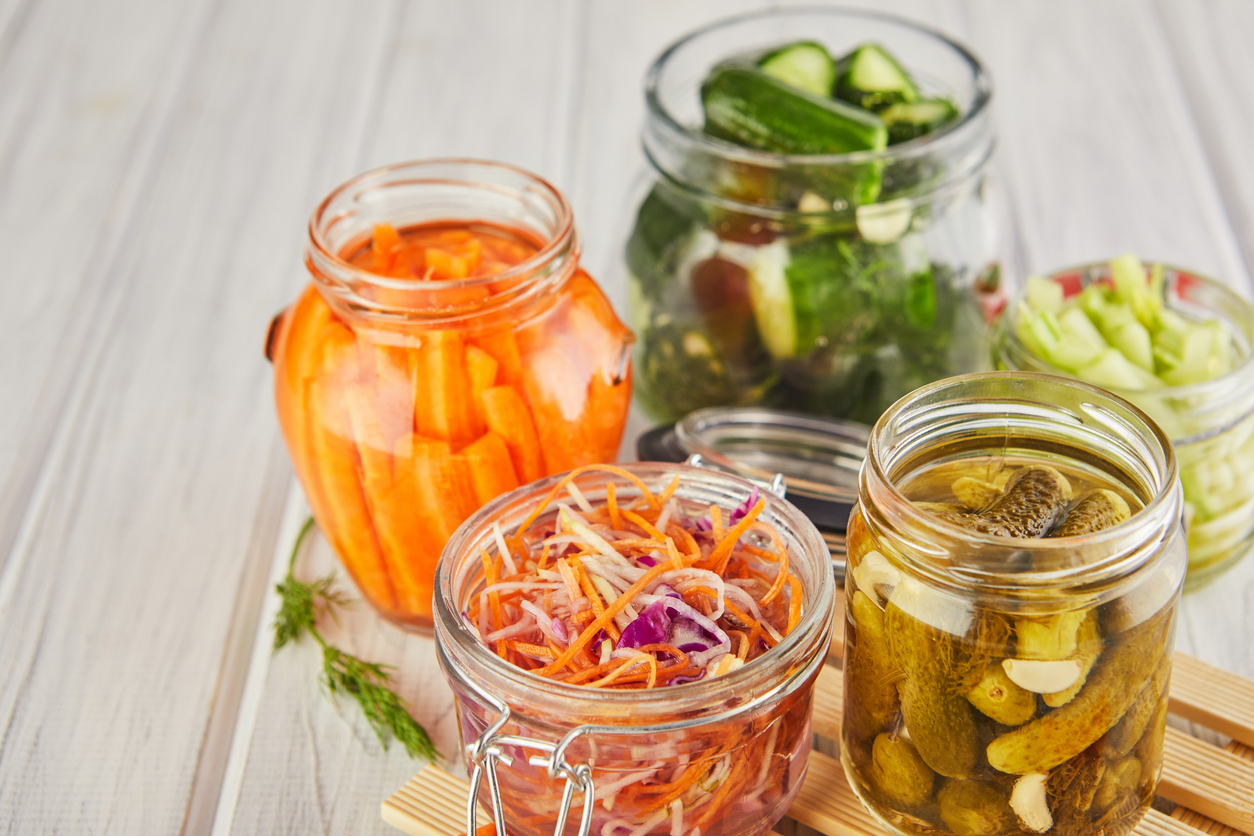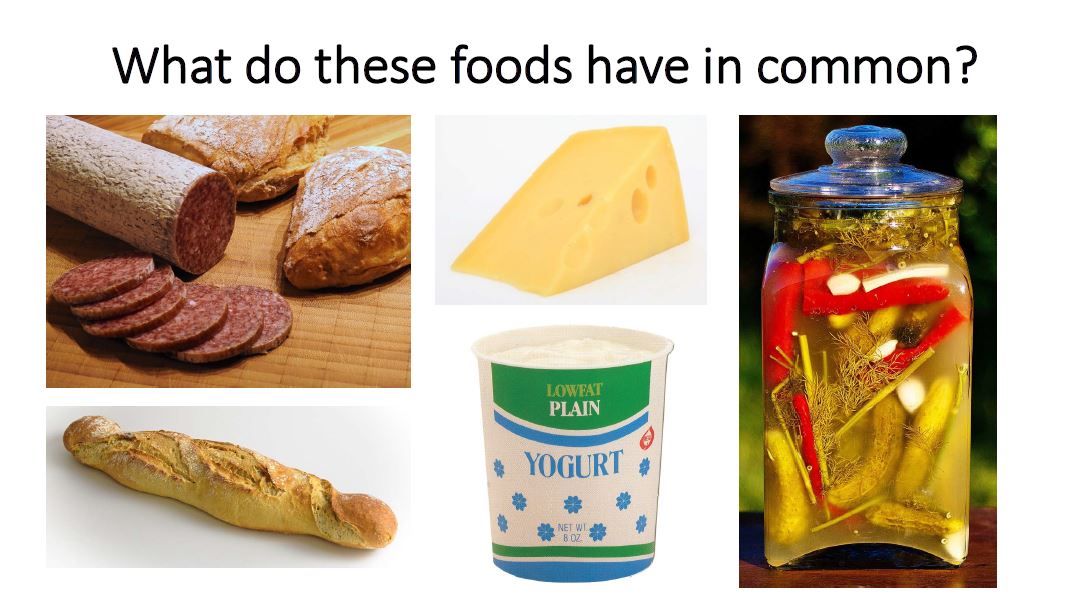Cells are the basic structure of all living things. They can form single-celled or multicellular organisms. Many of the organisms on earth are single-celled and cannot be seen with the naked eye. Although we can't see them, people interact with microorgansims in many ways. Some microorganisms facilitate decomposition, which is critical to life on earth; others help make and preserve our food; and others can contaminate our food and make us sick. The activities in this lesson explore these microorganism-related phenomena.
Yes, it’s true; decomposition is a fundamental process on which all life depends. We’d all be knee deep in garbage without it. Bacteria, fungi, and other microscopic organisms that live in the soil, air, and water are responsible for turning once living plants, animals and other organisms into nutrients that can be used again and again. Think of them as nature’s recyclers. These tiny creatures have the ability to produce special enzymes, which allow them to break down dead plant and animals and use them as food. No job is too big as they enlist the help of friends and family. As they eat, they grow and multiply at an amazing rate. In just four hours, one bacterial cell can grow to a colony of over 5,000. And at day's end there are millions and billions of them working together. Why, in one teaspoon of soil, there are more bacteria and fungi than all the people on earth!
Molds are probably the best known of the microorganisms. They are widely distributed in nature and grow under a variety of conditions in which air and moisture are present. They are members of the kingdom Fungi. Nearly everyone has seen mold growth on damp clothing and old shoes. The mold we see with the naked eye is actually a colony of millions of mold cells growing together.
Molds vary in appearance. Some are fluffy and filament-like; others are moist and glossy; still others are slimy. They are actually multicellular. Mold cells form a “fruiting body.” The fruiting body produces the spores, which detach and are carried by air currents and deposited to start new mold colonies whenever conditions are favorable. Mold spores are quite abundant in the air. So any food allowed to stand in the open soon becomes contaminated with mold if adequate moisture is present. Some types of molds are also psychrophiles (grow in cool temperatures) and can cause spoilage of refrigerated foods.
Molds are decomposers meaning that they obtain food from non-living organisms. Decomposers help to recycle nutrients from dead organisms and play an important role in creating healthy soil to grow the crops that feed us.
Some microorganisms are harmful while others are benevolent, neutral, or even helpful. Some help us to produce certain foods, some break down toxins in our environment, and others can make us sick or even kill us. For example, protozoa cause amoebic dysentery, fungi cause athlete’s foot and ringworm, bacteria cause pneumonia, legionnaire’s disease, strep throat, tetanus, and other diseases. Contaminants in food like the bacteria E. coli or Salmonella can also make us very sick. The second activity in this lesson will focus on the difference between helpful and harmful microorganisms.
Microorganisms are important to the food industry. Among their many contributions are the flavor and color they add to cheeses, and the making of soy sauce. They also play a role in making chemicals such as citric and lactic acid and many enzymes. Sour cream, buttermilk, yogurt, and hard cheeses (cheddar, Swiss, jack, feta, etc.) are all cultured with a bacteria. Other cheeses such as brie and Roquefort, are cultured by fungi. Processed cheeses, like American cheese, are not cultured with microorganisms.
Many algae are also microorganisms, and some of these are used in our food. Some ice cream contains a thickener made from seaweed. Seaweed, or algae, is found in a variety of foods. Chunks of it float around in Korean soups, paper-thin sheets of it are wrapped around Japanese rice balls, and it lies hidden in the alginates and carrageenans in hamburgers, yogurt, and ice cream. Seaweed-based food additives are now so commonly used in prepared and fast food that virtually everybody in Europe and North America eats some processed seaweed every day.
Sometimes microorganisms spoil food. Most of your students will have seen rotten, spoiled, moldy food in their refrigerators. Food that is spoiled by bacteria may look different to the naked eye, but the food will often smell or taste bad and will probably make you sick. Molds are more visible. Certain kinds of mold can produce poisons called mycotoxins. Mycotoxins have only recently been discovered and little is known about what causes molds to produce them. Probably the best known use of molds is in the drug industry, where they help produce such antibiotics as penicillin.
The old adage for dealing with questionable food is the best advice “when in doubt...throw it out!”

